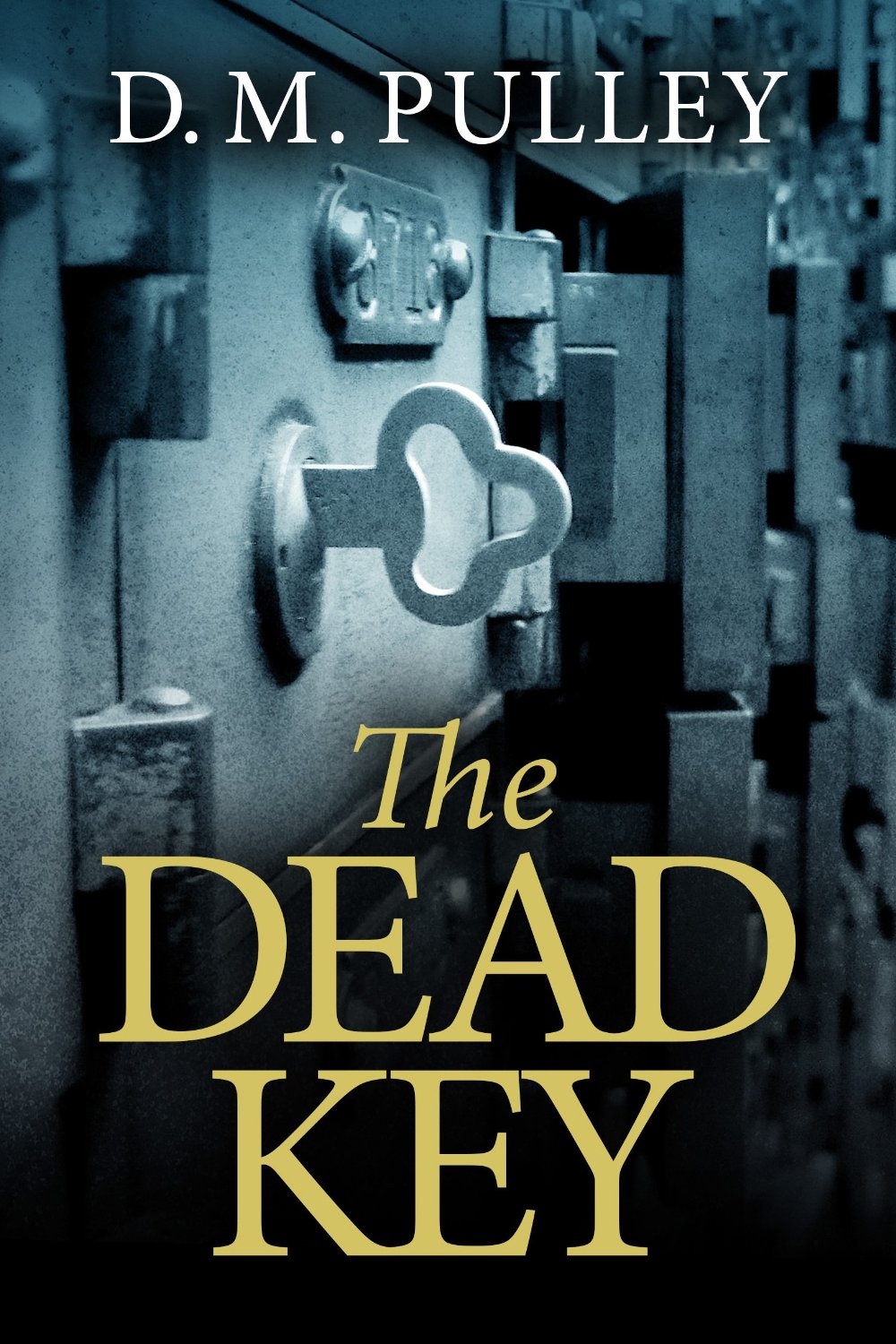Current fiction has an unusual habit of leaning in one of three directions: a) amazing beyond proper description, b) average with room for improvement, or c) not worth a reader’s cognitive function. In the life of a reader, one should strive to weed out the novels that would not—in any way, shape, or form—contribute to a well-rounded diet of books. Similarly to life however, one may stumble across a book that seems interesting, then turns out to be a regret blip on life’s radar. The Dead Key by D.M. Pulley is a regrettable blip on my radar.

The story begins in two different decades: one main character narrating from 1978, the other from 1998. Both characters focus on the financial scheming and scandal that is taking place within the First Bank of Cleveland. Beatrice Baker (our 1978 narrator) is a fresh young face walking into the bank for her first job, and Iris Latch (1998) is a disgruntled engineer given the task of surveying and making blueprints of the old, mysteriously deserted bank building. Both of our main characters begin to discover theft within the vault’s safe deposit boxes, and when the criminals involved become aware of the danger posed to their scheme, they take action against the authorities—and against Beatrice and Iris.
While the novel is supposed to be set up as an intrigue-mystery thriller, the plot becomes so twisted and complex that the narrative loses all sense of direction. Readers are offered several different plot points (a side character’s troubled family, Beatrice’s mysterious past, Iris’s alcoholism and failed love life, the secretaries’ scandalous involvements), but none of these ever come to fruition. The main plot line surrounds fraud and schemes flowing down from the top of the bank’s hierarchical ladder, but even this plot becomes lost, and drags the whole novel to the depths of the unimpressive sea.
Characterization posed another problem. Characters, as any writer worth his or her salt will tell you, are living and breathing people; otherwise no reader would be able to connect with fiction. The characterization in this novel was nearly nonexistent; readers meet each character at the beginning of the book, find one dimension to behold, and they behold this one dimension until the unsatisfying end. At best, Iris and Beatrice are cardboard cutouts. At worst, they appear tedious, bothersome character sketches that have been unsuccessfully stretched out to cover 400 pages.
Side characters proved to fare no better. Each one that danced amidst this author’s stodgy syntax and broken semantics served as mere caricatures standing in for the characters that readers will beg for them to be replaced by, characters resembling human beings.
Another point of contention was, indeed, the actual prose. Bogged by repetitive scenes, dialogue, phrases, and clichés, the narrative structure stumbled and plummeted after the middle, leaving me wondering if the author gave up even attempting creativity.
This is not a book highly recommended to the average reader. Should a reader wish for headaches, unsatisfactory endings, paper-cutout villains, knotted plotlines, and zero reasons to care what happens next, then by all means, crack it open. Until then, save yourself the pain and pick something else off the shelf.

